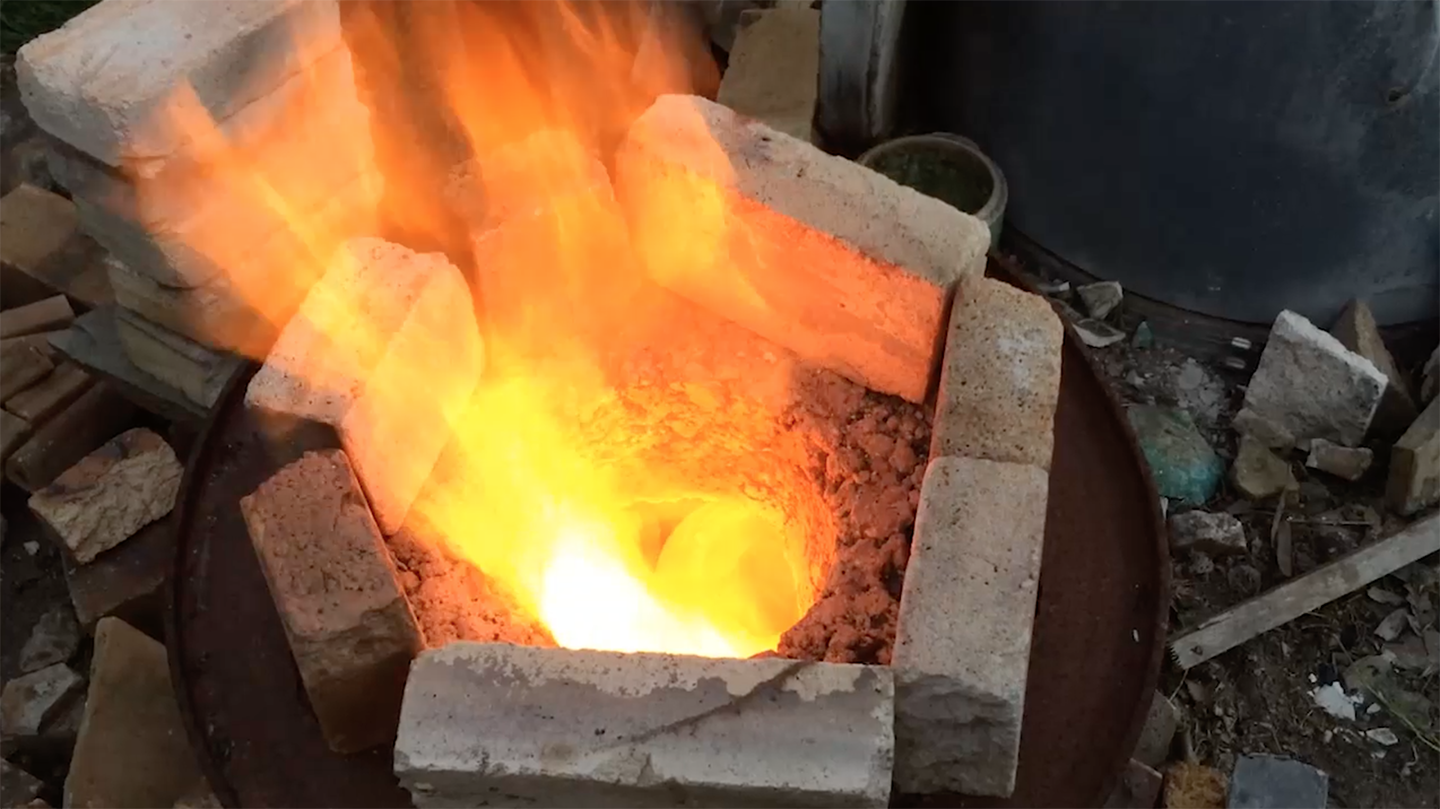About Raku Firing
Raku is accepted as having been originally developed in 16th century Japan. Ceramics were rapidly fired then immediately cooled in water (as opposed to normal slow firing and slow cooling). The results were aesthetics desired for contemplative use in tea ceremonies.

In the 1960’s as raku was being demonstrated in the United States, a reduction process was introduced. Fired ceramics were pulled from the kiln and placed in combustible materials to produce a burned, smokey surface, as well as creating a reduction atmosphere (chemical compounds in the glaze with oxygen removed, reduce to their metallic state). To minimize oxidation it is then rapidly cooled in water. You can equate this to copper where it has a bright copper penny appearance when new but will turn greenish when oxidized. The cracking, smoking and varied metallic effects produced is the version of raku that is widely regarded today.
In my work, I mainly use a clear glaze with copper carbonate. I like the full range of reduction and oxidation (from bright metallic to green/blue hues) that the copper gives me as well as the spontaneous, unexpected results of smoking and cracking. I fire the ceramics to around 1,900°F – temperature where the glaze melts. I then pull the red hot pieces out of the kiln, allow the glaze to cool and crack, then put into a metal container filled with leaves. I let them burn and then cover the container to smoke for a few minutes. The smoke penetrates and accentuates the surface cracks/crackle. I then douse the work with water to stop the reduction/oxidation process.






